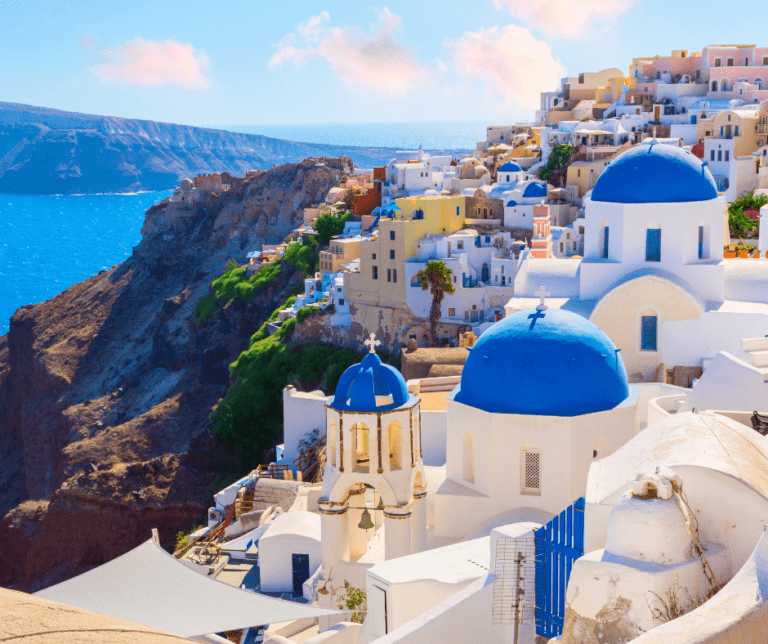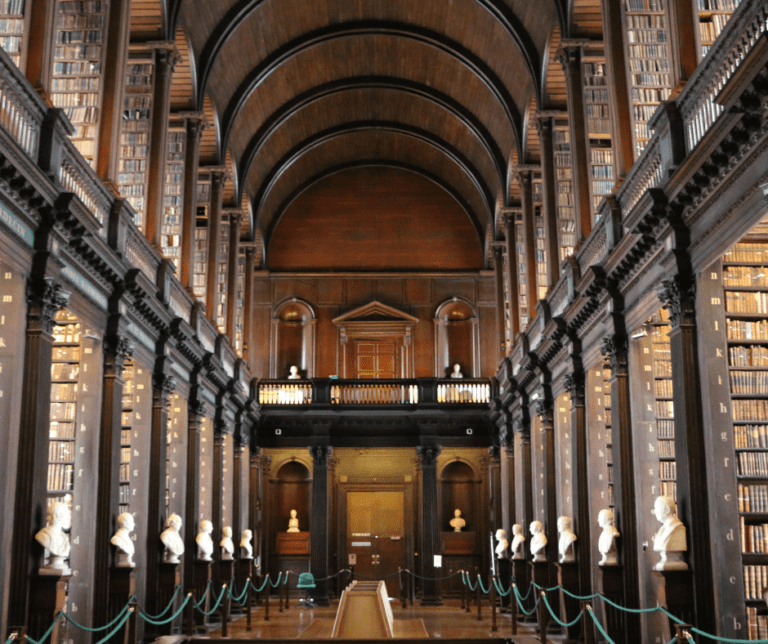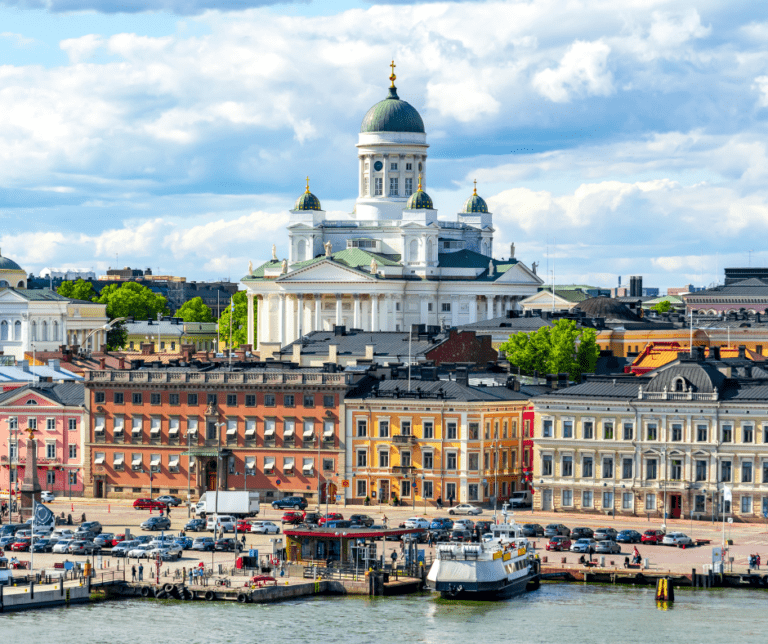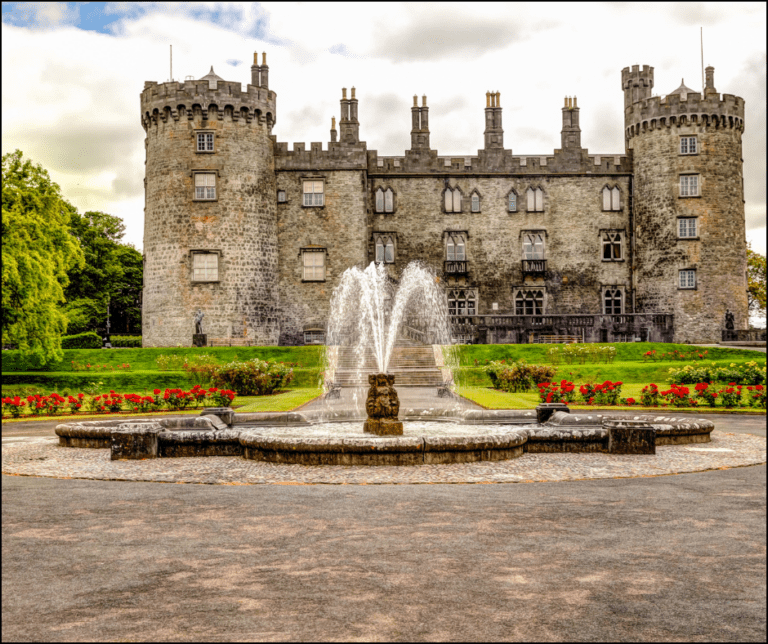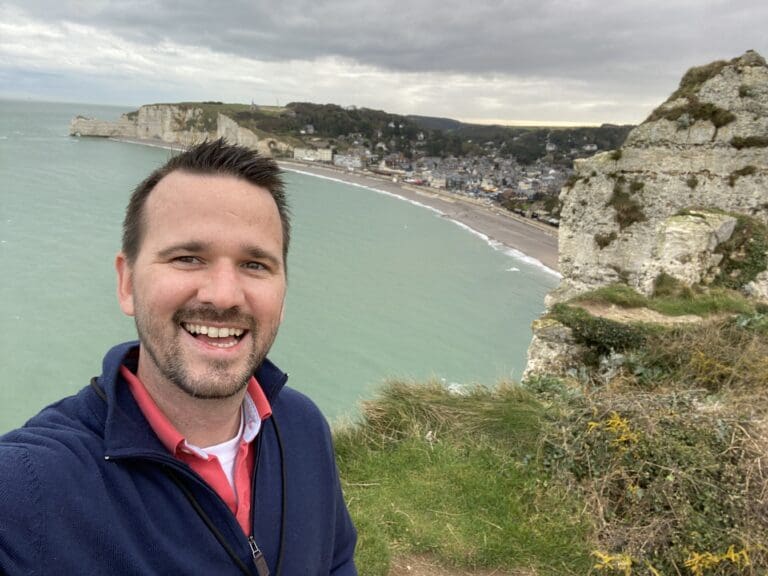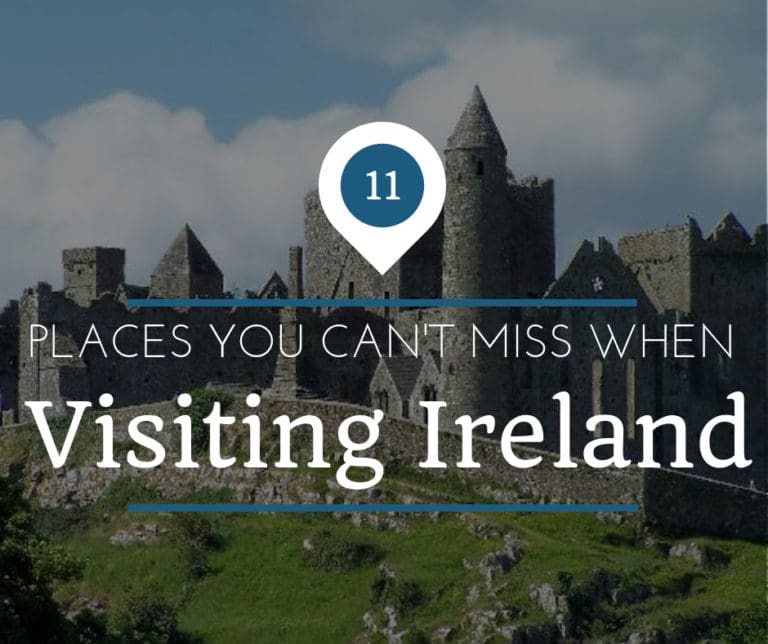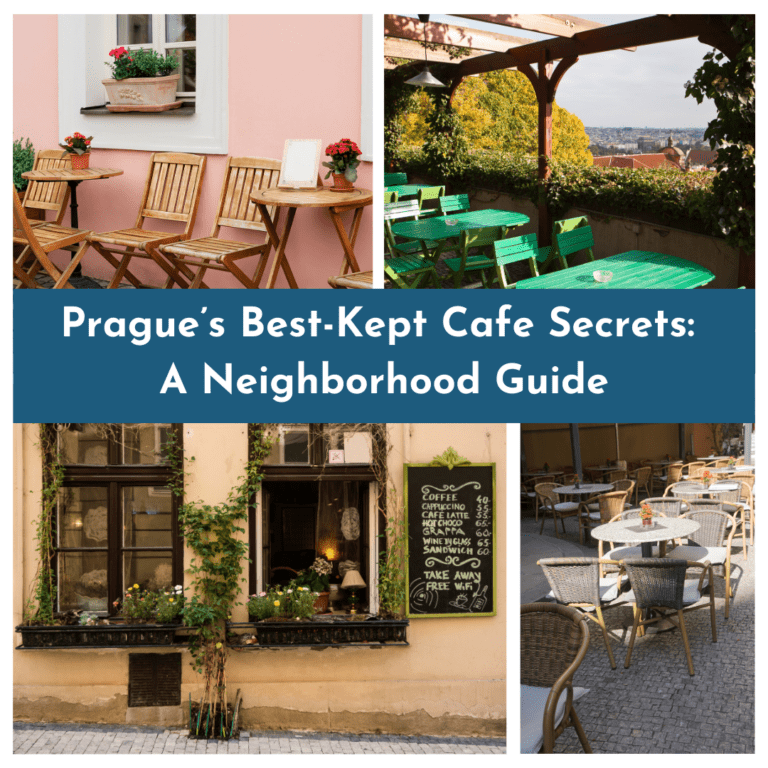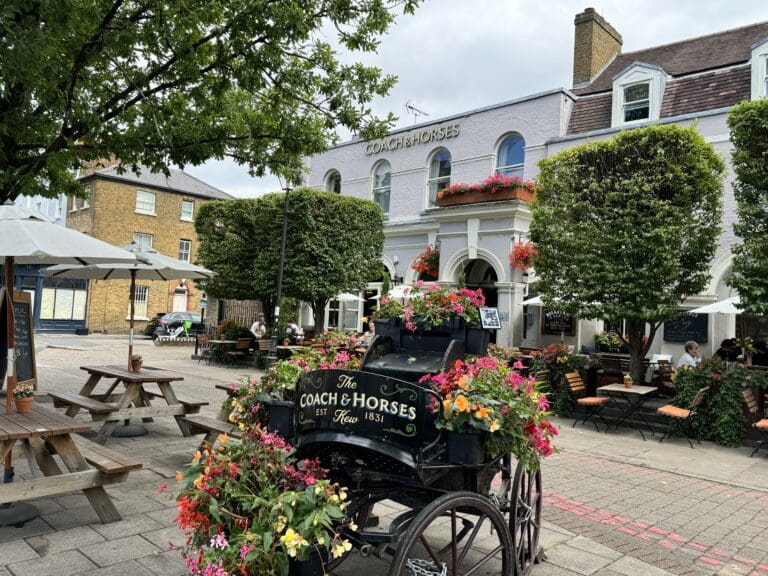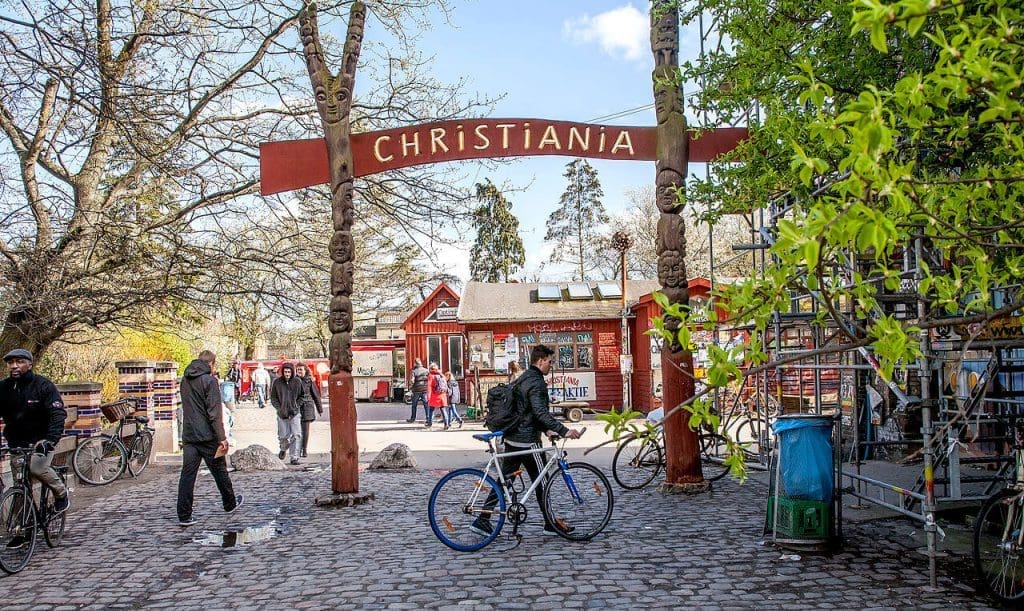
Copenhagen is one of Europe’s oldest capitals, and a charming city that still remembers its history. It’s very much a “people-friendly” city where your senses can roam. There are so many things to do in Copenhagen so make sure to plan ahead!
A Brief History
The history of Copenhagen dates back to the 11th century, the monarchy in Denmark is actually the oldest in the world. From the middle of the 12th century the city grew in importance, and was fortified with a stone wall in the 13th century.
Copenhagen’s wealth in the Middle Age was mainly based on herring fishing. In 1375, the population of Copenhagen was already 4000 people.
The University was built in 1479, and in 1661 Copenhagen became the main home of the Royal family. Copenhagen was hit by several major catastrophes during the 17th century. A plague killing 1/3 of the population came in 1711.
Major fires burned down most of Copenhagen in 1728, and again in 1795. Heavy development in Copenhagen around the 19th century created a need for city planning.
Copenhagen had to wait until after WWII before the planning could be executed. The rebuilding plan was called “The five fingers” (De fem fingre). From the center of Copenhagen the five finger plan included highways and trains which linked several important towns.
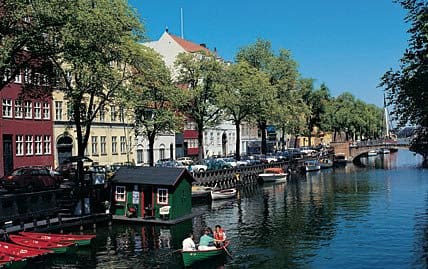
Planning a Trip to Denmark?
We can help create your perfect itinerary!
- Worried you'll miss the hidden gems?
- How long should you stay in each place?
- Should you rent a car, train it, or both?
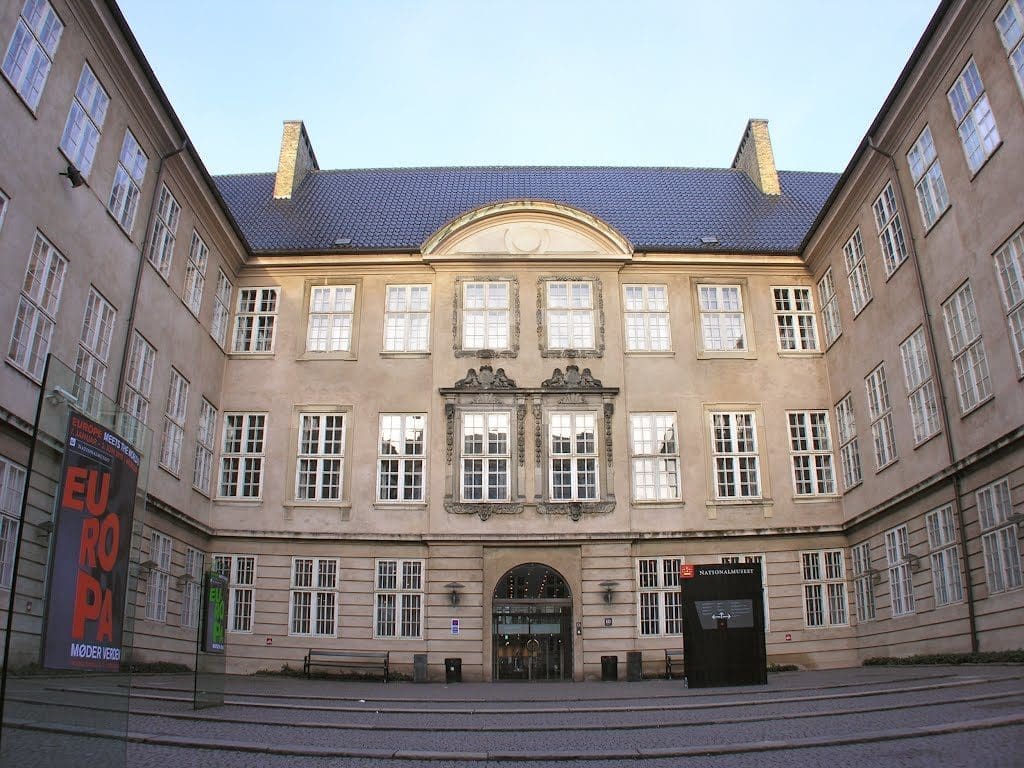 The National Museum of Denmark
The National Museum of Denmark
The National Museum is located in The Prince’s Palace, and built between 1743 and 1744 for Danish Crown Prince Frederik V. It is no longer used by the royal family, but the Great Hall still appears elegant enough to fit princes and princesses.
The Gallery consists of a wide corridor that linked rooms and sleeping quarters, and featured plenty of space for exquisite handicrafts. The stucco in the ceiling, the panels and the oak parquet floor are all thought to be original. The furniture and stove are from the early 18th century.
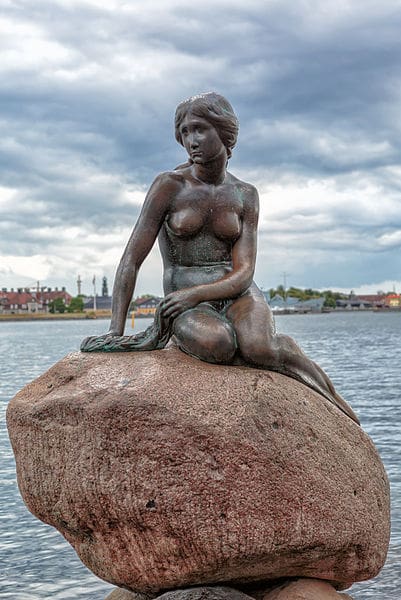
The Little Mermaid
Unveiled on August 23rd 1913, The Little Mermaid was a gift from Danish brewer Carl Jacobsen to the City of Copenhagen. The sculpture is made of bronze and granite and was inspired by Hans Christian Andersen’s fairy tale about a mermaid who gives up everything to be united with a young, handsome prince.
Every day she swims to the surface from the bottom of the sea and, perched on her rock in the water, she stares longingly towards the shore hoping to catch a glimpse of her beloved prince.
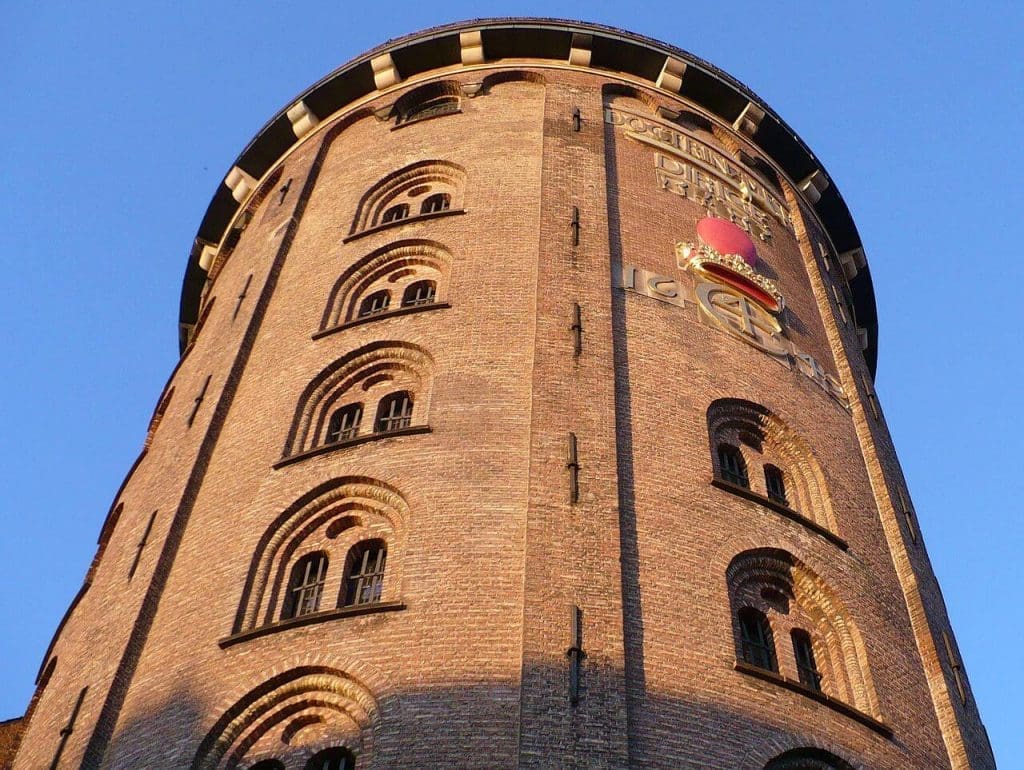 The Round Tower
The Round Tower
The 17th century tower and observatory ‘Rundetaarn’, or the round tower, is the oldest functioning observatory in Europe. The observatory is still used by amateur astronomers, and is encircled by an outdoor platform where you can get magnificent view of the old town.
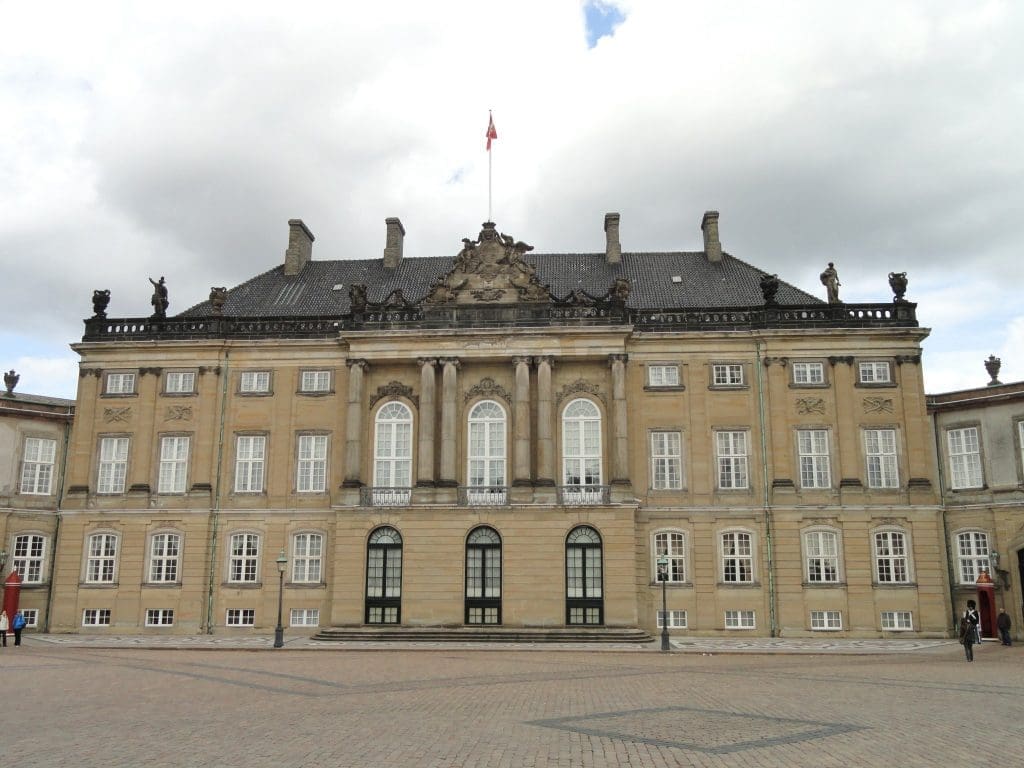 Amalienborg Palace
Amalienborg Palace
Situated between the city and the harbor, Amalienborg is a major work of Danish architecture designed in the 1750s. Four palaces surround Amalienborg Palace Square.
The palaces were originally built as residences for four high-ranking aristocrats. When the old Christiansborg Palace burnt down in 1794 the royal family took up residence at Amalienborg. Since then, Denmark’s reigning monarchs have lived in Amalienborg’s palaces.
 Freetown Christiania
Freetown Christiania
Freetown Christiania is a green and car-free neighborhood in Copenhagen, best known for its autonomous inhabitants’ different way of life. It was established in 1971 by a group of hippies who occupied some abandoned military barracks on the site and developed their own set of society rules.
The area is completely independent of the Danish government. Freetown Christiania is a mix of homemade houses, workshops, art galleries, music venues, cheap and organic eateries, and nature. Despite being one of Copenhagen’s most visited places, the Freetown of Christiania has many quiet spots to enjoy.
Important note – when entering Christiania is extremely important that you follow the do’s and don’ts signs up at the entrances. Visitors are also not allowed to take photographs inside Christiania.
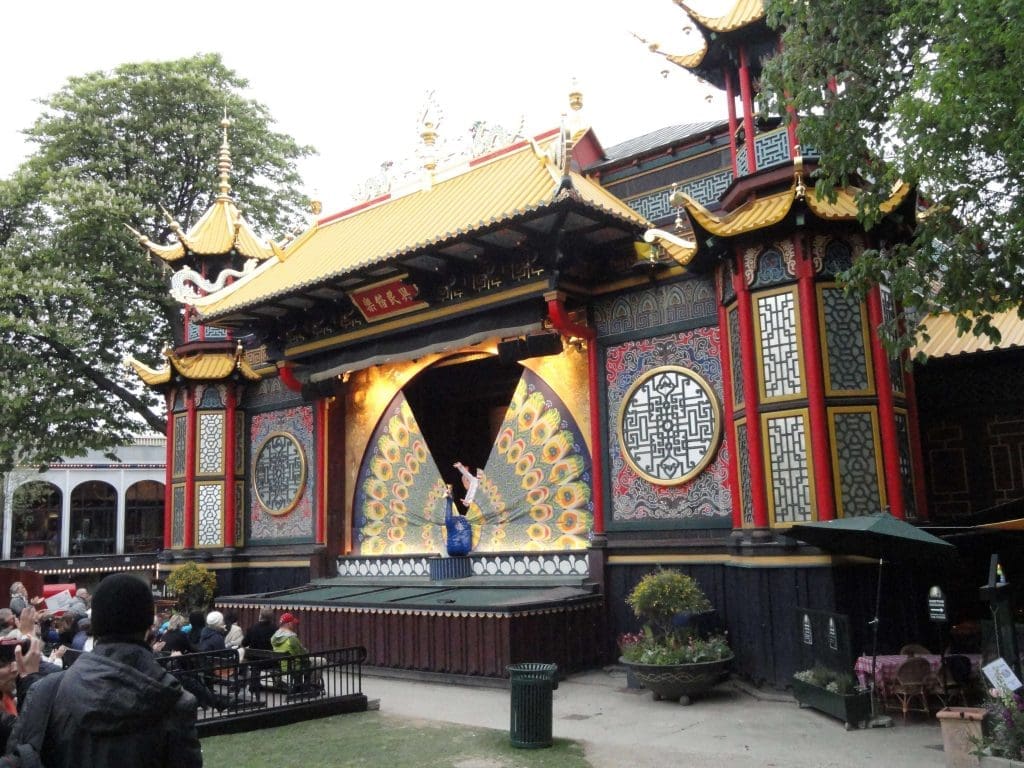 Tivoli Gardens
Tivoli Gardens
Tivoli Gardens was founded in 1843 and has become an international attraction. Fairy tale writer Hans Christian Andersen visited many times, as did Walt Disney and many other celebrities, who all fell in love with the gardens. Part of Tivoli Gardens’ secret is that there is something for everyone.
The scenery is beautiful with exotic architecture, historic buildings and lush gardens. At night, thousands of colored lights create a fairy tale atmosphere that is completely unique.
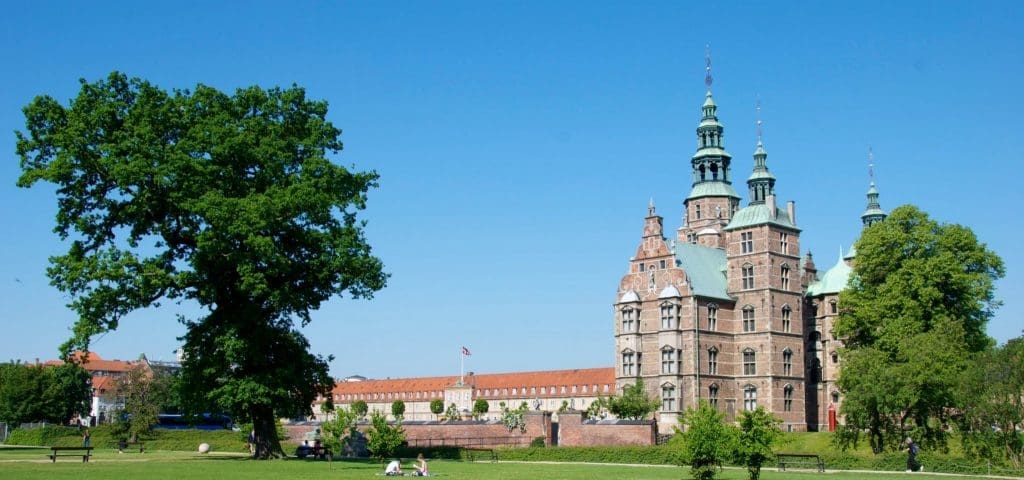 Rosenborg Castle
Rosenborg Castle
Rosenborg Castle is a royal hermitage set in the King’s Garden in the heart of Copenhagen. The Castle features 400 years of splendor, royal art treasures and the Crown Jewels and Royal Regalia.
Among the main attractions is the Knights’ Hall with the coronation thrones and three life-size silver lions standing guard. Tapestries on the walls commemorate battles between Denmark and Sweden.
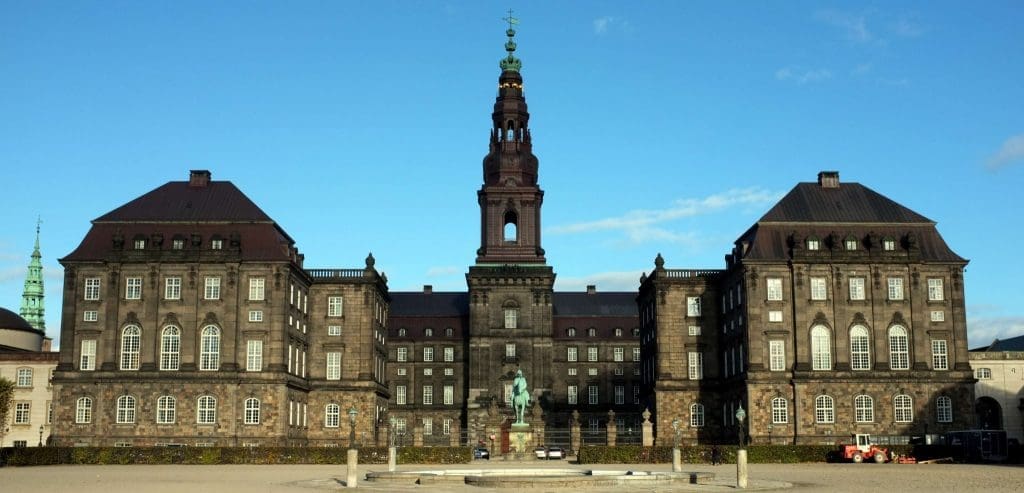 The Tower at Christiansborg Palace
The Tower at Christiansborg Palace
The Christiansborg Palace Tower is the highest tower in Copenhagen, and it offers a magnificent view of the city. Christiansborg Palace was once the home of kings and queens, but after one of several great fires, the royal family moved to Amalienborg Palace in the late 1800’s.
Today, Christiansborg, also known as Borgen, houses the Danish parliament. In June 2014, the tower opened to the public, which means everyone can access the tower free of charge and experience the magnificent views of Copenhagen.
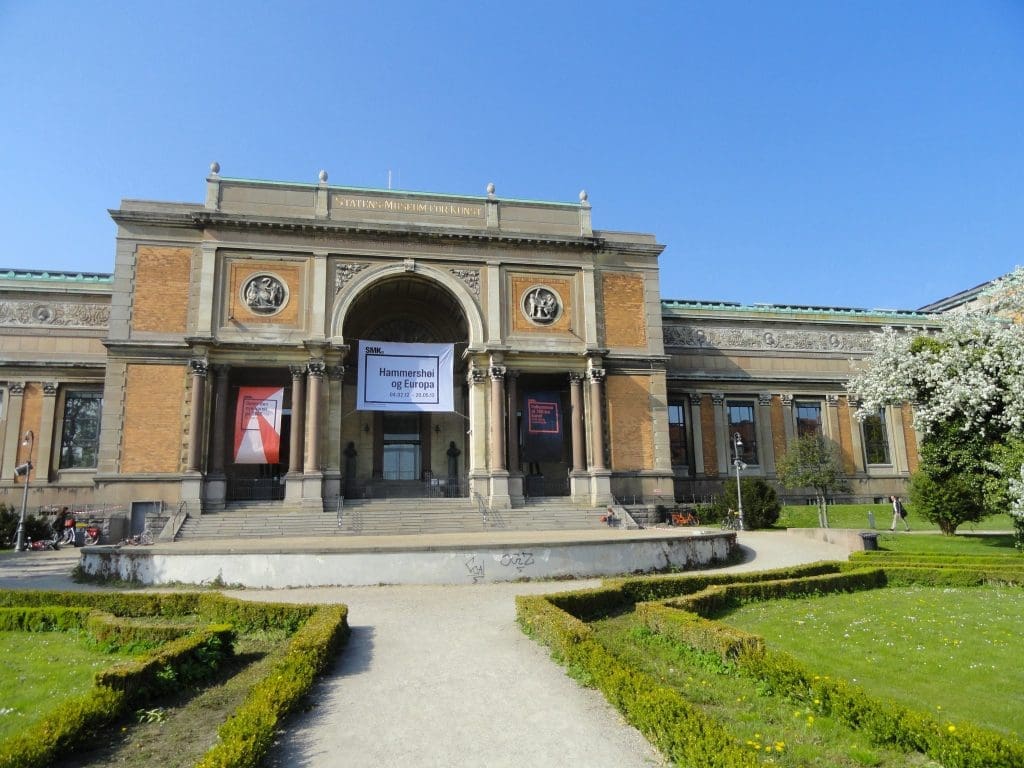 The National Gallery of Denmark
The National Gallery of Denmark
The National Gallery of Denmark is the country’s largest art museum. The Museum features outstanding collections of Danish and international art from the past seven centuries.
You will find a rich and varied selection of art from the European classics of the Renaissance to the overwhelming diversity of contemporary art.
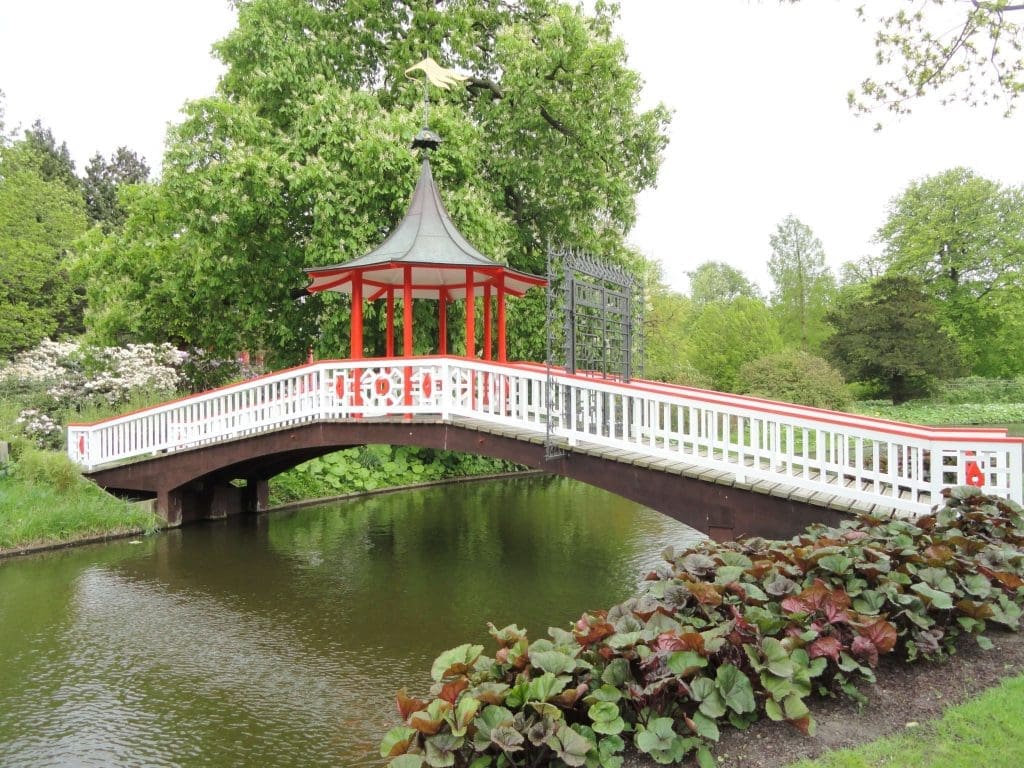 Frederiksberg Park
Frederiksberg Park
This is one of the largest parks in Denmark. The Park is an immense green space that is designed in a very English style and will make you feel right at home. The Romantic landscape has lots of little lakes, canals and pathways.
You will also find Frederiksberg Palace on the grounds, which is a beautiful Italian-style Baroque residence that was built at the beginning of the 18th century.
The Ultimate Pre-Travel Checklist
Download ‘10 Crucial Things To Do Before Traveling Abroad’ to avoid mistakes and ensure a smooth trip; adapters and electronics, packing tips, foreign currency, phone plans, and more!


